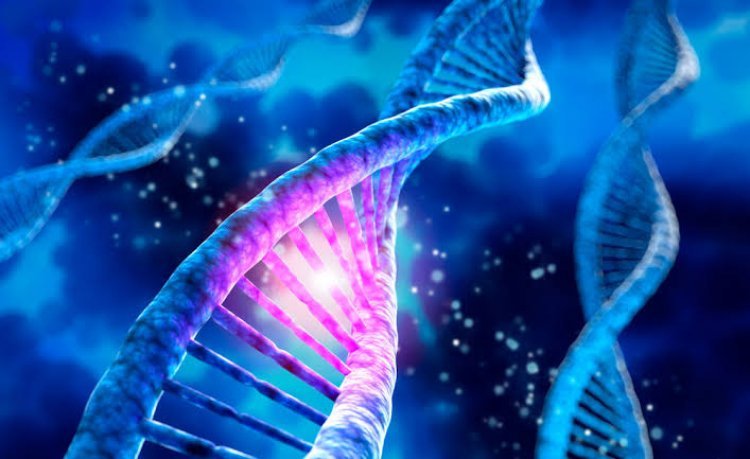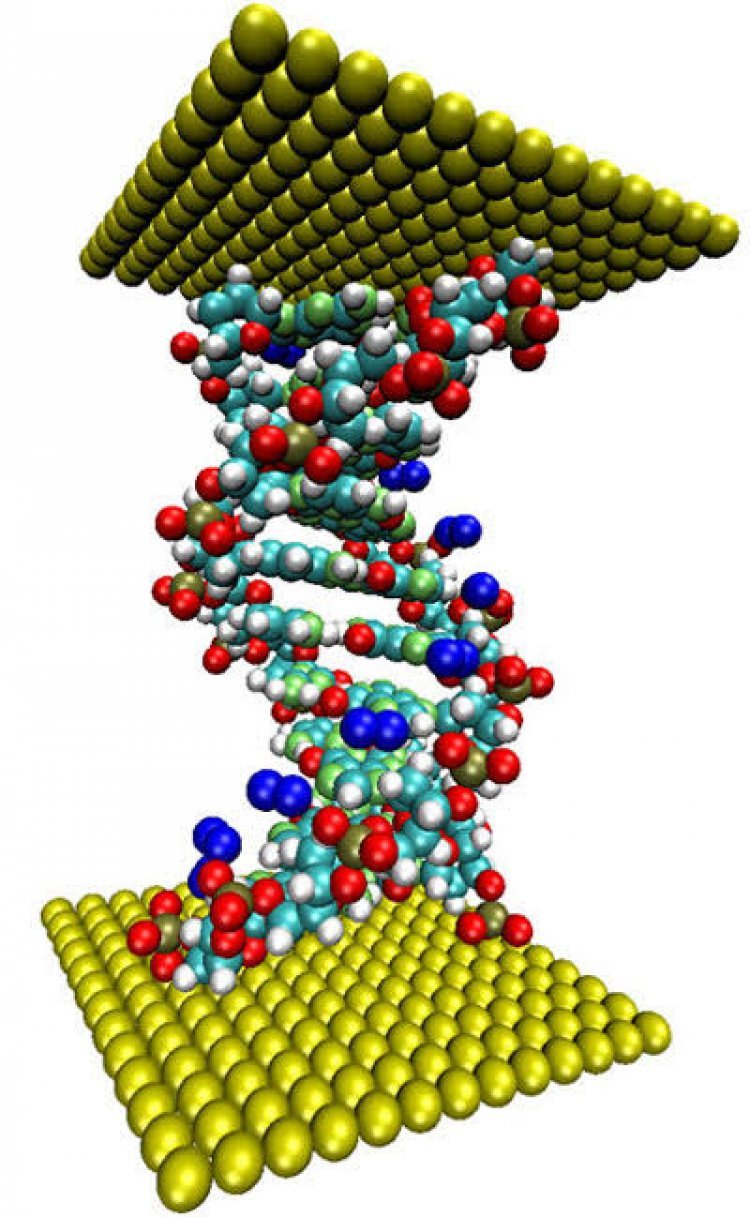Everything to know about nanobiotechnology
Everything to know about nanobiotechnology. 1. What is nanobiotechnology? 2. Objectives of nanobiotechnology 3. Branches of science that convene in nanobiotechnology 4. Justification of nanobiotechnology in medicine 5. Major tools in nanobiotechnology.

EVERYTHING TO KNOW ABOUT NANOBIOTECHNOLOGY
The famous theoretical physicist, Richard Feynman has said that “All the written words of history could fit on a cube of material, measuring just one-hundredth of an inch wide, if the words were written with atoms”. And, these words are getting proved as we’re witnessing the incredible growth of nanotechnology in innumerable fields. This article is throwing light on everything to know about nanobiotechnology. 1. What is nanobiotechnology? 2. Objectives of nanobiotechnology 3. Branches of science that convene in nanobiotechnology 4. Justification of nanobiotechnology in medicine 5. Major tools in nanobiotechnology.
- What is nanobiotechnology?

As we all know, the biological world and aspects are on the ‘macro-scale, and to elevate its efficiency and rapidity, biological science is taking up the applications of nanotechnology. Hence, nanobiotechnology consolidates biological research with the various fields of nanotechnology like nanodevices, nanoparticles, and other unique operations. Even though molecular biologists and researchers have been working with nano-sized biological molecules for the last few decades, nanotechnology was not considered as a proper mechanism until the researchers commenced a preoccupied effort to equip nanotechnology in the tackling of biological problems.
- Objectives of nanobiotechnology
The primary objective of nanobiotechnology is the utilization of nanotools and equipment to solve medical and biological problems. Secondly, to span its advancement in the development of new tools for this field. These new nanotools are designed by modifying the already using nanodevices. The imaging of already remaining biomolecules, biological membranes, and tissues are also the targets of nanobiotechnology researchers. There are numerous experimental centers aiming at the advancement of nano-biochips, nano-bio sensors, and nano-bio materials.
- Branches of science that convene in nanobiotechnology

Nanotechnology witness the foregather of various branches of science. Most of the fundamentals of nanobiotechnology as well as its devices come from nanotechnology. After all, photonics, chemistry, biology, nanomedicine, biophysics, and engineering also have played a pivotal role in the flourishing of this exciting new branch of nanotechnology. Genetics and computer science also have major representation in the advancement of nanobiotechnology.
- Justification of nanobiotechnology in medicine
Nanotechnology has latent potential in contributing to the advancement of medical science by improving health care products and practices all over the world. Its immense value is purely evident in various cases like treating symptoms, generating cures, and regenerating tissues. Due to the betterment of this field, three American patients have received whole cultured bladders through nanotechnology techniques. Researchers have also shown that, once it may be practically applicable to grow a uterus outside the body. The upcoming generations will witness several reports like, new limbs can be grown other than artificial limbs to help out the people who lose an arm or leg. In fact, nanobiotechnology possesses the key to unlocking the unreal things to occur. Even now, the flourishing that this field is undergoing is too spine-tingling.
- Major tools in nanobiotechnology

The foundation of nanobiotechnology is based on a variety of research systems that includes experimental tools. It aims at building up molecular machines that make use of concepts derived from nature. And, this is done by the compilation of several tools, ideas, and materials of nanoscience and biology. Experimental equipment like imaging, X-ray diffraction-based tools, and self-assembly devices all contribute to the growth of nanobiotechnology along with detecting ailments, supporting regenerative medicine, and improving the efficiency of drug delivery.
Nanotechnology confines and minimizes everything, but its application and necessity are getting broadened day by day.

















